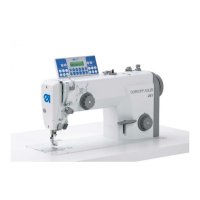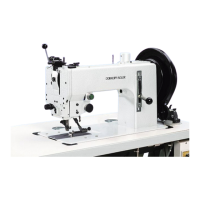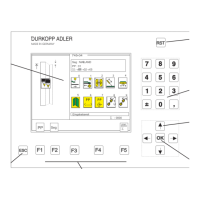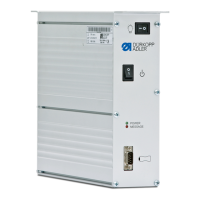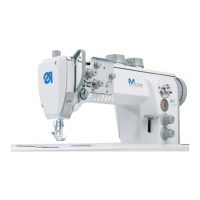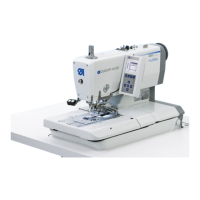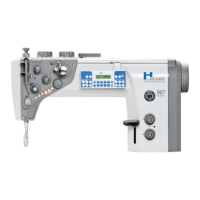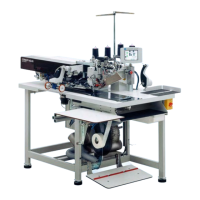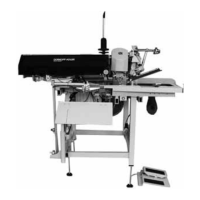Do you have a question about the DURKOPP ADLER 238 and is the answer not in the manual?
Identifies the specific sewing machine models covered by this manual.
Lists the various motor types that can be used with the sewing machines.
Instructions on setting the motor protective switch based on motor type and voltage.
Details available additional accessories and their part numbers for enhanced functionality.
Procedures for cleaning the machine to ensure smooth operation and prevent disturbances.
Recommended oil types and lubrication points for maintaining machine components.
Guidance on choosing the correct needle thickness and system based on fabric and thread.
Suitable sewing thread types and sizes for various Durkopp machine models and operations.
Step-by-step process for winding the lower thread onto the bobbin.
How to correctly replace a full bobbin with an empty one during sewing.
Detailed instructions for guiding the bobbin thread through the machine.
Guide on the correct path for threading the upper thread from the spool to the needle.
Method to bring the bobbin thread up to the needle level to start sewing.
Adjusting upper and lower thread tensions for optimal stitch formation and appearance.
How to adjust the pressure of the sewing foot based on material thickness and type.
Setting the stitch length for both forward and reverse sewing operations.
Basic guidelines for operating the machine safely and effectively during sewing.
Specific instructions for sewing sleeves on the DURKOPP 541 model.
How to use the thread cutter function, controlled by a single pedal.
Operation of the automatic backtacking system using the clutch pedal.
Instructions for operating disconnectable needle bars on specific models.
Steps to disengage one needle bar for specific sewing tasks.
Steps to re-engage a disconnected needle bar.
Details on programming and operating the fullness control system.
How to adjust the stitch slackening feature for different sewing needs.
Setting different top feed lengths for distributing fullness in seams.
Calibration of proximity switches for controlling automatic machine functions.
Identifies the specific sewing machine models covered by this manual.
Lists the various motor types that can be used with the sewing machines.
Instructions on setting the motor protective switch based on motor type and voltage.
Details available additional accessories and their part numbers for enhanced functionality.
Procedures for cleaning the machine to ensure smooth operation and prevent disturbances.
Recommended oil types and lubrication points for maintaining machine components.
Guidance on choosing the correct needle thickness and system based on fabric and thread.
Suitable sewing thread types and sizes for various Durkopp machine models and operations.
Step-by-step process for winding the lower thread onto the bobbin.
How to correctly replace a full bobbin with an empty one during sewing.
Detailed instructions for guiding the bobbin thread through the machine.
Guide on the correct path for threading the upper thread from the spool to the needle.
Method to bring the bobbin thread up to the needle level to start sewing.
Adjusting upper and lower thread tensions for optimal stitch formation and appearance.
How to adjust the pressure of the sewing foot based on material thickness and type.
Setting the stitch length for both forward and reverse sewing operations.
Basic guidelines for operating the machine safely and effectively during sewing.
Specific instructions for sewing sleeves on the DURKOPP 541 model.
How to use the thread cutter function, controlled by a single pedal.
Operation of the automatic backtacking system using the clutch pedal.
Instructions for operating disconnectable needle bars on specific models.
Steps to disengage one needle bar for specific sewing tasks.
Steps to re-engage a disconnected needle bar.
Details on programming and operating the fullness control system.
How to adjust the stitch slackening feature for different sewing needs.
Setting different top feed lengths for distributing fullness in seams.
Calibration of proximity switches for controlling automatic machine functions.
| Brand | DURKOPP ADLER |
|---|---|
| Model | 238 |
| Category | Sewing Machine |
| Language | English |


